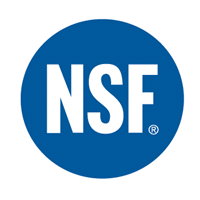
Drug shortages are hugely damaging to our industry, potentially life changing to our patients and a constant source of concern to front-line colleagues in supply chain and pharmacies/health care providers.
Former FDA Commissioner Scott Gottlieb announced in July 2018 that a reduction in the severity and frequency of drug shortages has to be a major priority and FDA will seek ways of working with industry to prevent the risk of a stock-out and minimize the impact when the worst happens. FDA’s Drug Shortage Task Force now report to Congress every 12 months on the actions taken to prevent and mitigate drug shortages and some progress is being made; though underlying concerns of manufacturing issues remain a hot topic for FDA and other international regulatory bodies.
But why is an industry that sits on a bedrock of systemic and measured controls, sets high degrees of self and international regulation, and prides itself on its contribution to world health is so often blighted by being unable to supply the right drugs in the right quantities at the right quality to all parts of the world?
Data shows it is not down to enforced austerity or loss of financial performance. See Table 1.
Investment has increased in many sectors, yet we are seeing a marked increase in drug shortages, throughout EU, USA and the rest of the world. See Table 2. Why is this happening?
Are there any clues in the EFPIA report?
R&D spend in India and China grew at 9% and 11% from 2013-2017 compared to 4% in EU and 7% in USA
Emerging markets leading with new chemical or biological entities have increased 10-fold from 1998-2002 to 2013-2017
66% of the retail price of the medicine reverts to the manufacturer. This covers new R&D costs, ongoing cost and infrastructure, cost of quality and production; yet how much is being invested in reducing the risk of drug shortages?
TABLE 1
European Federation of Pharmaceutical Industries and Associations (EFPIA) ‘The Pharmaceutical Industry in Figures – Key Data 2018’:
| Measure (EU only) from 2010 to 2017 | Progress | Increase or Decrease |
| Production values | From 199,400 to 258,000 million euros | 29% increase |
| Revenue at ex-factory prices | From 153,685 to 207,000 million euros |
35% increase |
| Employment | From 670,088 to 750,000 FTEs | 12% increase |
TABLE 2
UK Daily Telegraph 1 October 2019
| A poll of 4,000 pharmacists identified that: |
| 84% had shortages of HRT drugs, 67% had shortages of contraceptives |
| 58% has shortages of anti-epileptic drugs |
| 20% had shortages of ant-psychotic drugs |
A survey by The Pharmacists’ Defence Association (PDA) in August 2019 suggested that around 21% of prescription drugs had suffered shortages in the previous three months. More than 90% of respondents felt the shortages had increased over the previous year.
FDA Report on Drug Shortages – Root Causes and Potential Solutions 2019
56% of US health care providers had changed patient care or delayed therapy in light of drug shortages in 2018. Drug shortages, including those that arise during emergencies, have been a persistent problem despite public and private sector efforts to prevent and mitigate them. Analysis presented by FDA at the November 2018 public meeting showed that the number of ongoing drug shortages has recently been increasing after declining from a peak in 2011, and drug shortages have been lasting longer, in some cases, more than eight years.
A shift in production to India and China took off more than 15 years ago and there is an emergence of greater R&D spend in this region too. Global supply chains over the same period have become hugely more complex and fragmented. These trends were predicated by the search for more economic and more flexible product supply chains, but has this shift caused a corresponding volatility in surety of supply? Has complexity and risk been baked into new, more economic supply chains, thus causing unpredictable hidden costs of stock-outs, recalls and regulatory action? This seems logical, yet it’s difficult to find scientific linkage that proves this beyond doubt.
By researching the causes of regulatory action (a common cause of product shortage due to enforced
recalls or product suspensions), it is clear that some companies are really struggling to meet the internationally recognized cGMP expectations; in part due to culture, leadership and often a lack of financial commitment to the facilities and expertise needed to remain in perpetual GMP compliance. Accepting the pharma industry as a highly competitive industry, are we sacrificing surety of supply for the economies of a global supply chain? Though the balance of cost may appear attractive (despite the high size of regret in case of regulatory censure, recall and loss of reputation), are we serving the patients responsibly when accepting drug shortages as part of a competitive industry? Have recalls and supply interruptions become so common that they are now merely collateral damage which is soon tackled, paid for and forgotten? Where does the patient fit in?
NSF has a unique insight into the reasons for drug shortages, recall and regulatory censure as we are frequently tasked with supporting and guiding GMP remediation programs across the world, and from our research the key causes appear to be:
Lack of senior management commitment to cGMP compliance and an absence of proactive management to ensure compliance to new requirements
Turnover of staff in key positions destabilizing institutional learning
Lack of investment in legacy facilities in some locations, especially associated with the data integrity expectations of laboratory equipment and quality management systems, or the in-process controls and contamination strategies expected of modern production processes
A focus on cost and delivery that can crowd out the imperatives of operating a pharma quality system that must proactively identify, evaluate and mitigate risk
A lack of business continuity planning, quality risk management and deployment of continuous improvement
DO YOU RECOGNIZE ANY OF THESE IN YOUR ORGANIZATION?
Things you can do:
- Put a stop to risks that cause drug shortages?
- Stop making excuses for poor practice and using ICH Q9 as a way of defending the status quo
- Stop postponing staff education programs (the best time to improve staff performance is always today)?
- Stop the trend to engage with the cheapest vendors, with superficial review of their quality performance and on-site risks?
- Stop the turnover of your best staff, by engaging them in meaningful projects that make a tangible difference to the patient?
- Stop the institutional acceptance of reworking, reprocessing and reinspection?
And in the process, let’s stop the reasons for drug shortages at source!
Download the complete whitepaper here
About The Author
John Johnson | Vice President, Pharmaceutical Services
John Johnson is passionate about helping organizations foresee and overcome the barriers to sustainable long-term growth. He brings 28 years’ experience across a range of companies in the pharmaceutical and healthcare industry.
He has worked in small, medium and large pharma biotech companies across the product lifecycle for a wide range of dosage forms.

About NSF
NSF International provides a comprehensive range of support services for the pharmaceutical industry covering consulting and regulatory guidance, training and auditing on a global basis.
We combine experienced industry professionals with former regulatory agency staff (FDA, MHRA, etc) to deliver a unique team that will help you achieve and maintain compliant, future-proof pharmaceutical quality systems.

